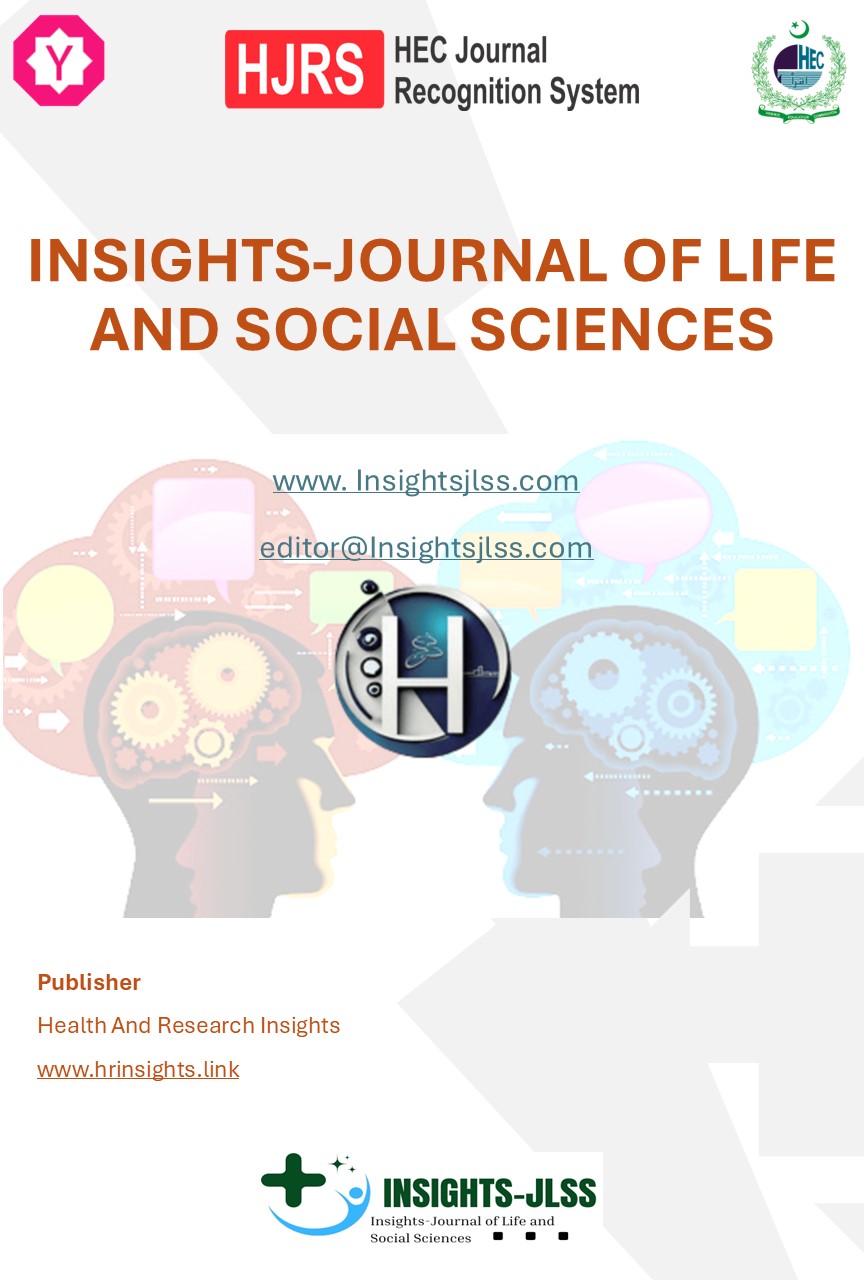INFLUENCE OF WEARABLE HEALTH TECHNOLOGY ON PREVENTIVE HEALTHCARE IN HOSPITALIZED PATIENTS
Main Article Content
Abstract
Background: Wearable health technology has revolutionized modern healthcare by enabling real-time monitoring and proactive interventions. These devices are increasingly used in various healthcare settings to improve outcomes such as activity levels, sleep quality, and hospital readmission rates. However, there is limited evidence regarding their effectiveness in hospitalized patients, a population with unique and intensive healthcare needs. This study aimed to evaluate the impact of wearable technology in enhancing preventive healthcare outcomes among hospitalized individuals.
Objective; To assess the effectiveness of wearable health technology in improving activity levels, sleep quality, and reducing hospital readmissions among hospitalized patients across three distinct groups: chronic illness, post-surgical, and rehabilitation.
Methods: This six-month study (December 2023 to May 2024) was conducted in four tertiary care hospitals in Punjab, Pakistan, using a mixed-methods approach. A total of 300 participants were purposively recruited and divided into chronic illness (n=120), post-surgical (n=100), and rehabilitation (n=80) groups. Wearable devices monitored key health indicators, including activity levels, sleep quality, and readmission rates. Quantitative data were collected through wearable device metrics and hospital records, while qualitative data were gathered via interviews with patients and healthcare providers. Statistical analysis was performed using descriptive and inferential methods, with thematic analysis employed for qualitative data.
Results: Among the chronic illness group, 78% reported improved activity levels, 72% better sleep quality, and 69.6% fewer hospital readmissions. The post-surgical group showed similar improvements, with 70% reporting enhanced activity levels, 68% better sleep quality, and 62% reduced readmissions. The rehabilitation group demonstrated slightly lower outcomes, with 60% improving activity levels, 57.6% reporting better sleep, and 52.8% fewer readmissions. Across all groups, females (68%-70%) and patients aged 31-50 years (43%-49%) showed higher engagement and improved outcomes compared to males and older age groups.
Conclusion: Wearable health technology demonstrated significant potential in enhancing preventive healthcare outcomes among hospitalized patients. Improvements in activity levels, sleep quality, and reduced readmissions were most pronounced in the chronic illness group. However, adherence challenges and data privacy concerns highlight the need for patient-centered designs and robust privacy frameworks. These findings emphasize the utility of wearable devices in optimizing hospital care, supporting the broader integration of technology into healthcare systems.
Article Details

This work is licensed under a Creative Commons Attribution-NonCommercial-NoDerivatives 4.0 International License.
